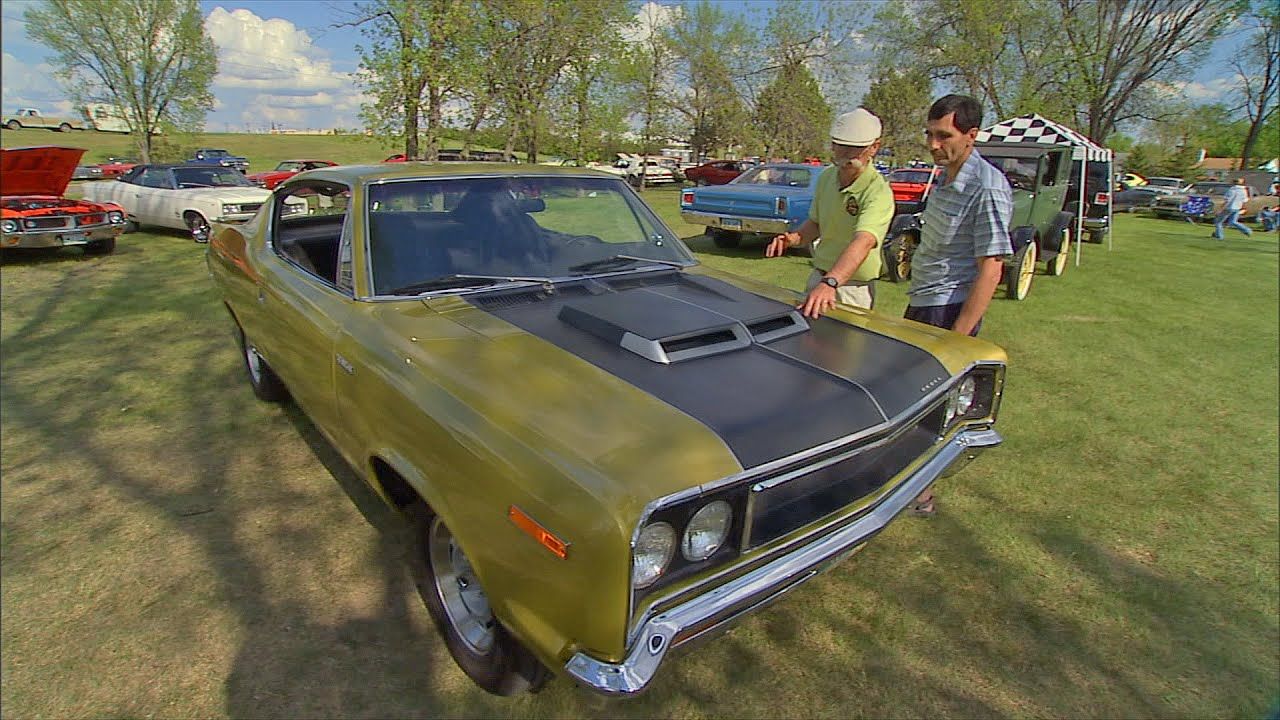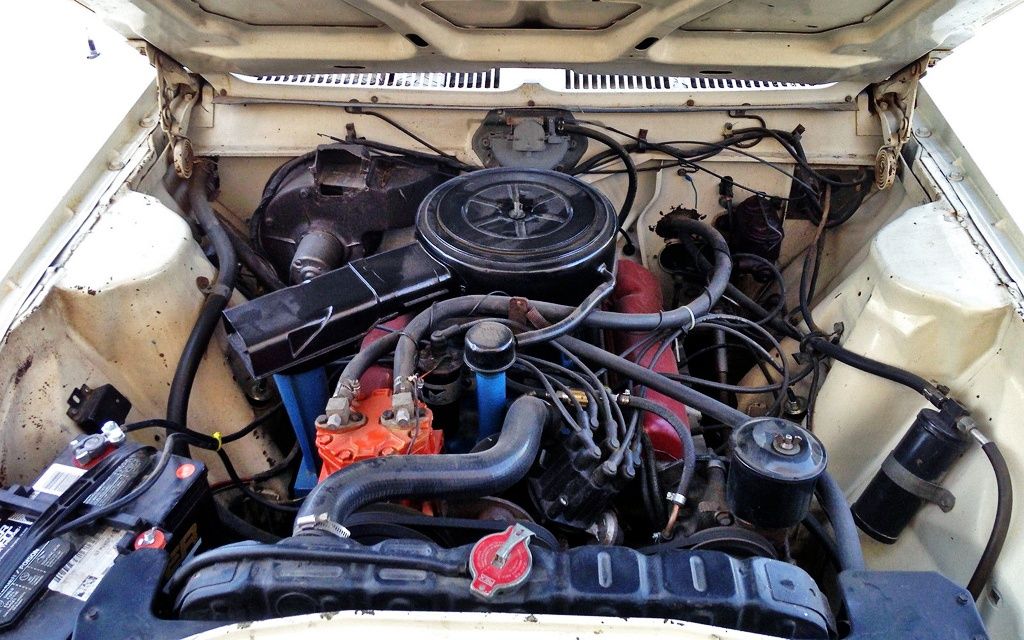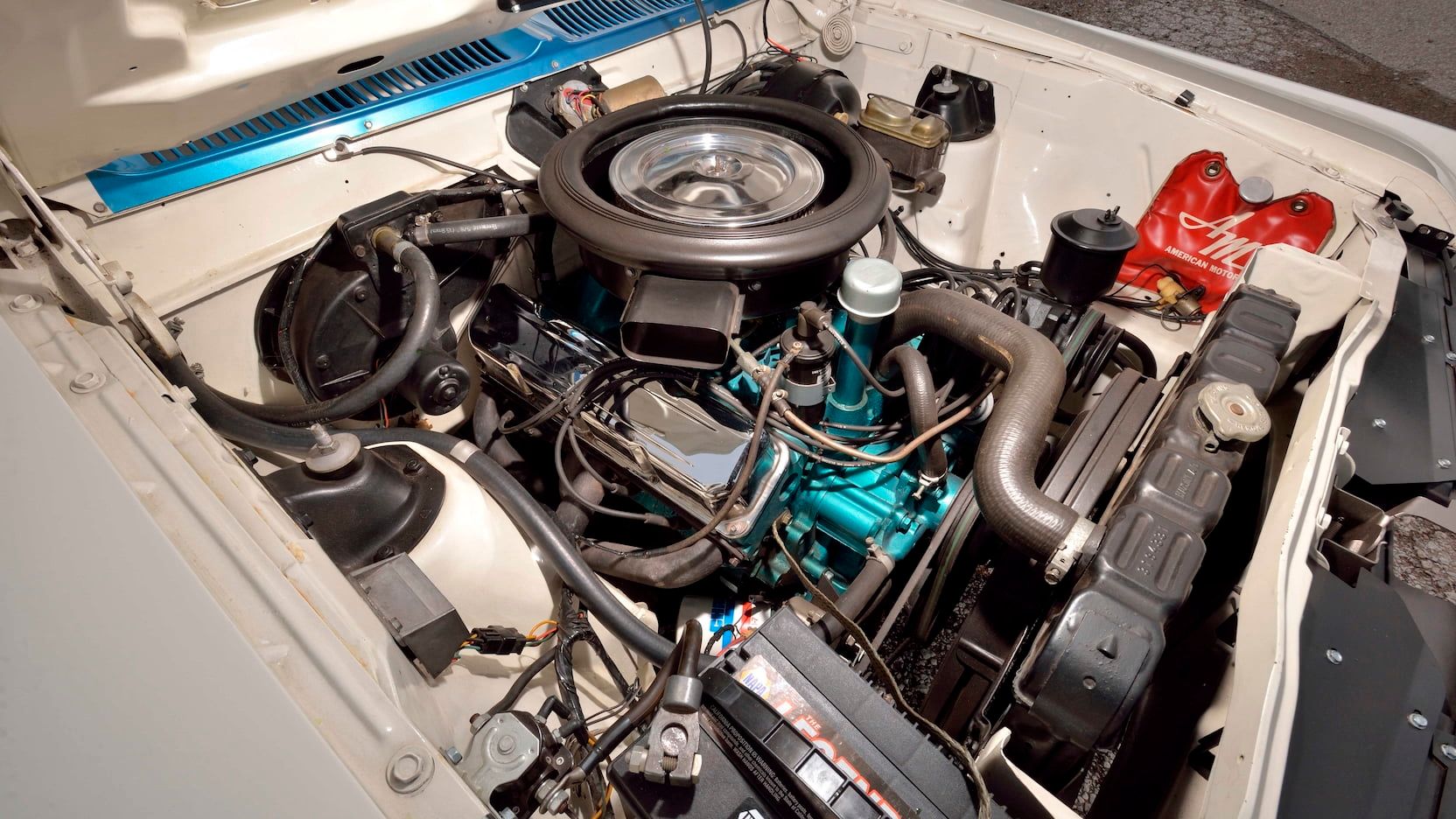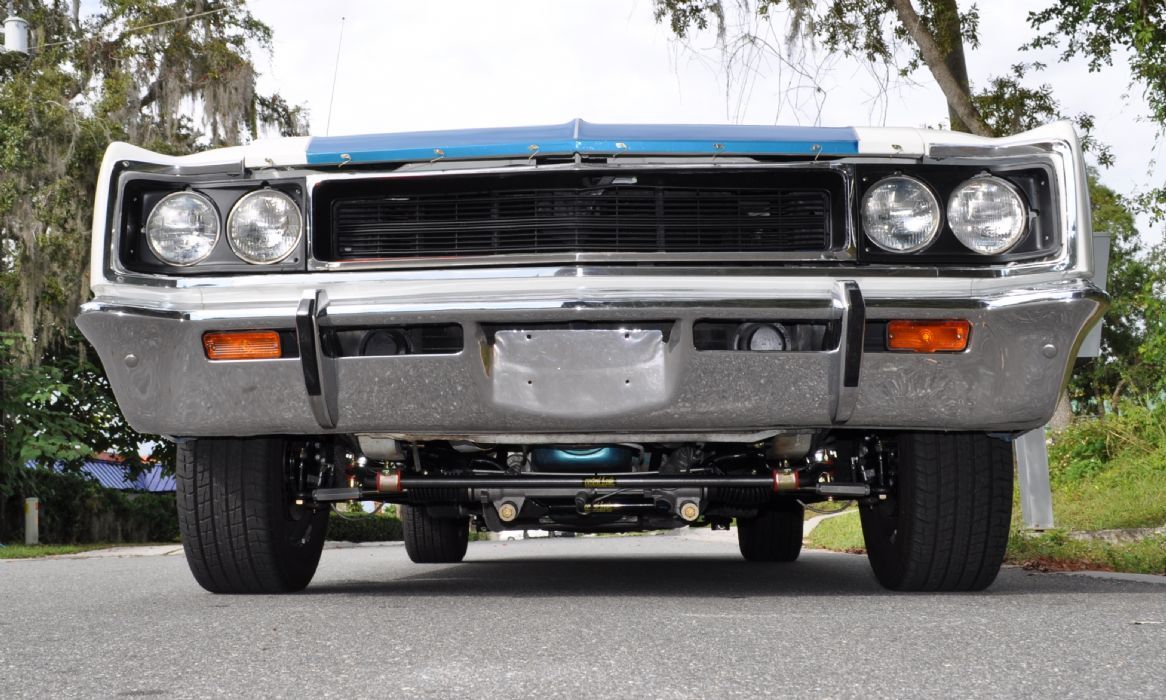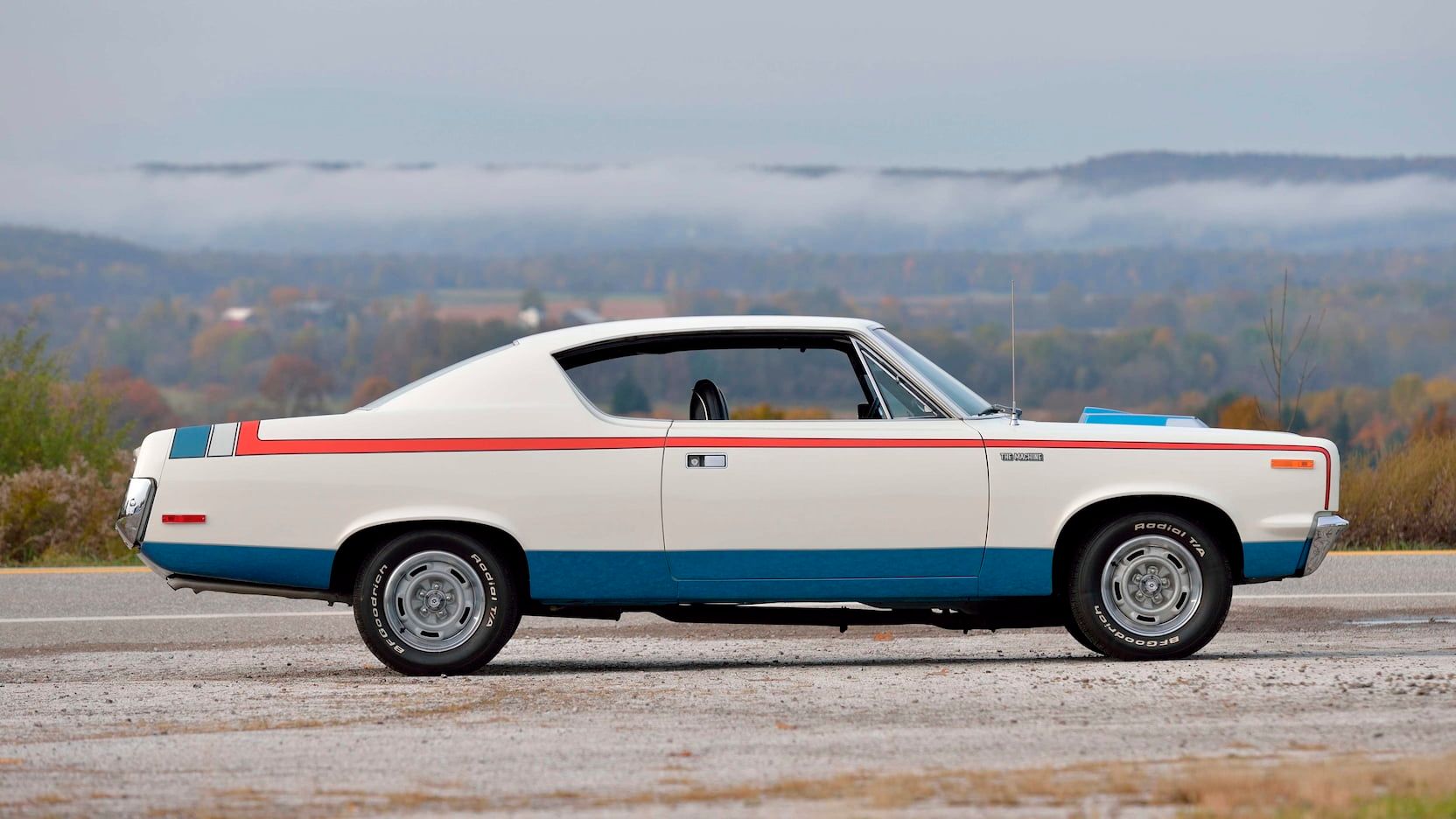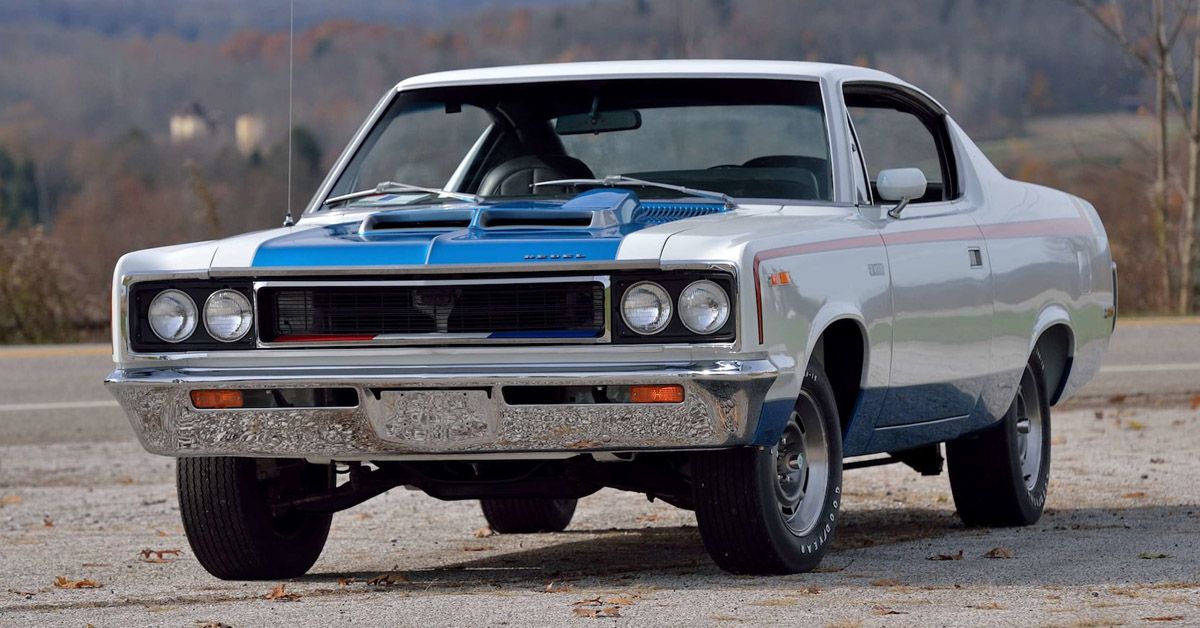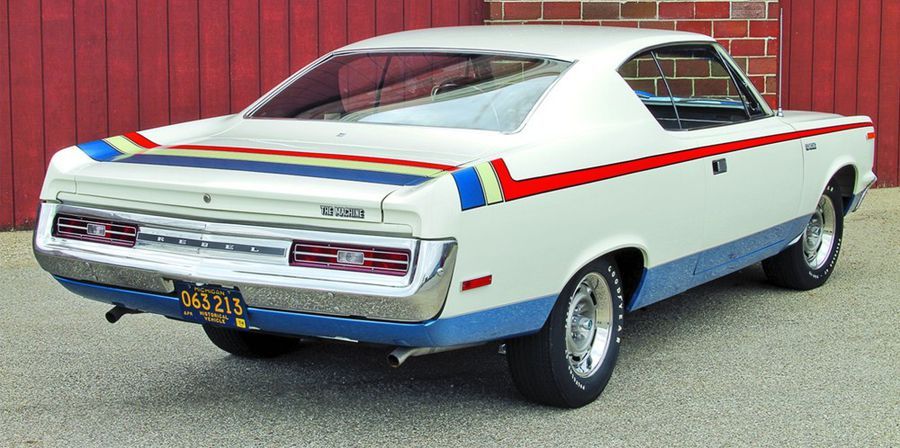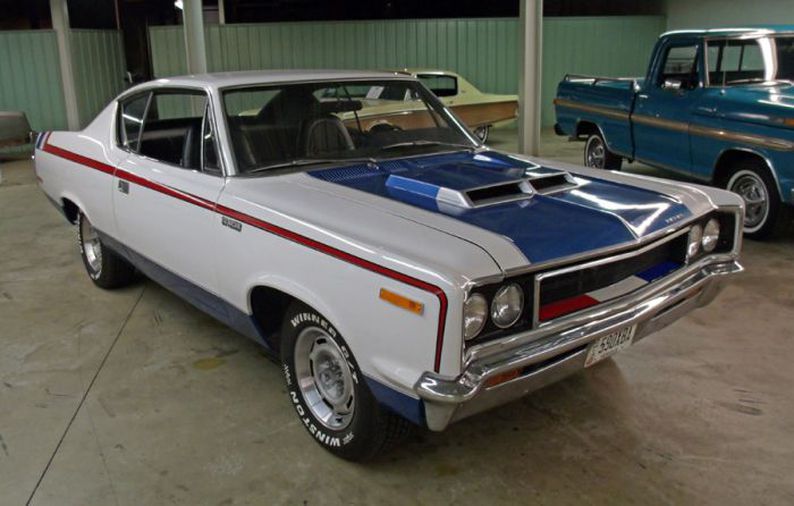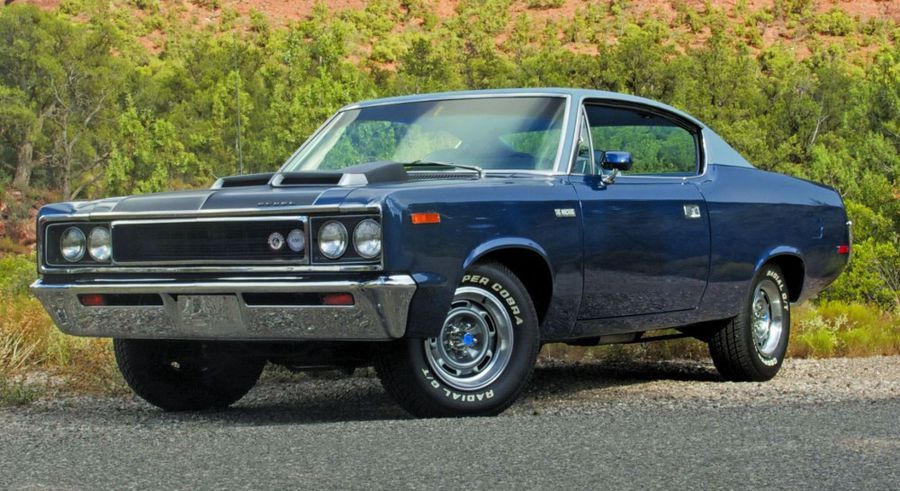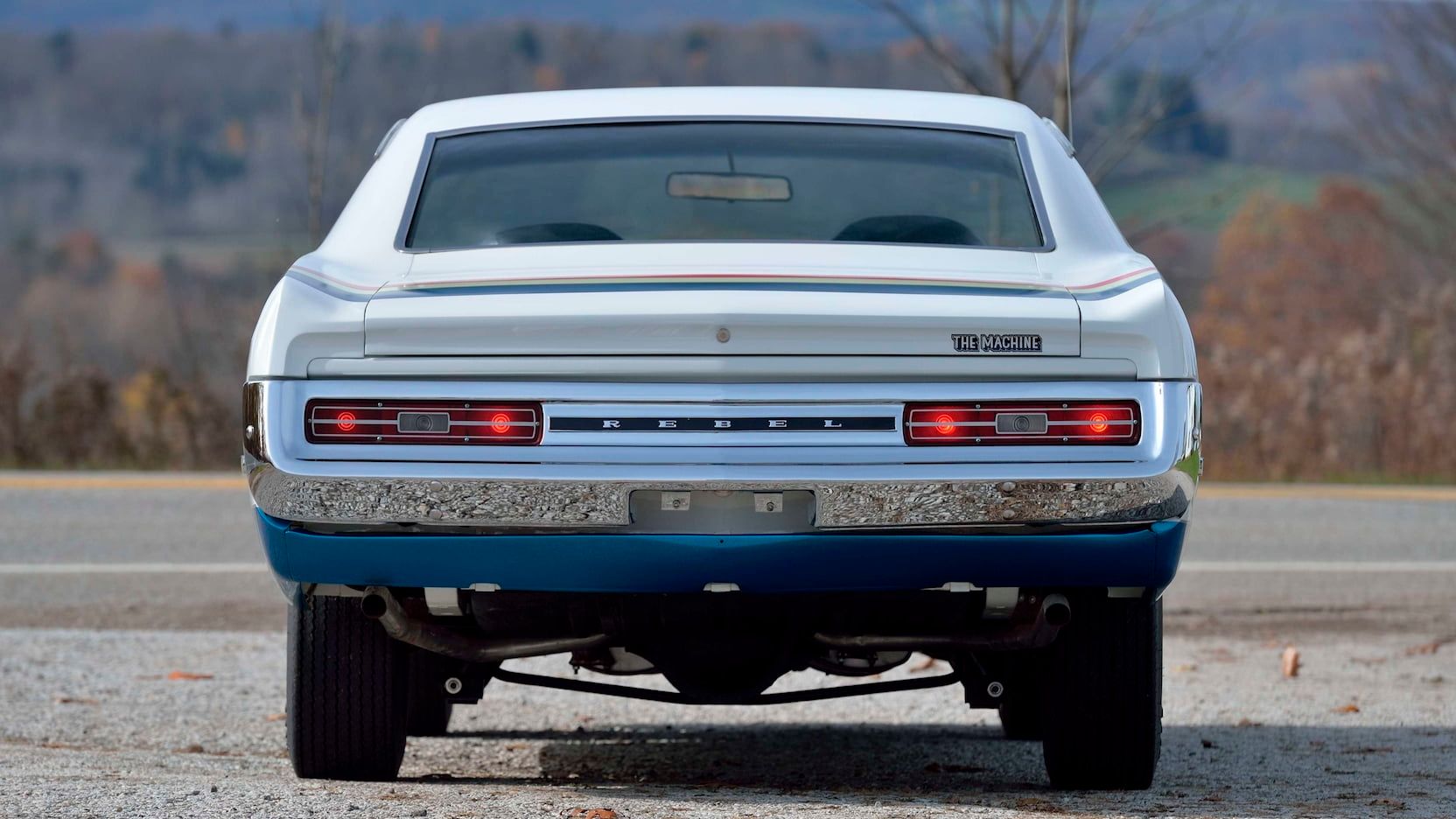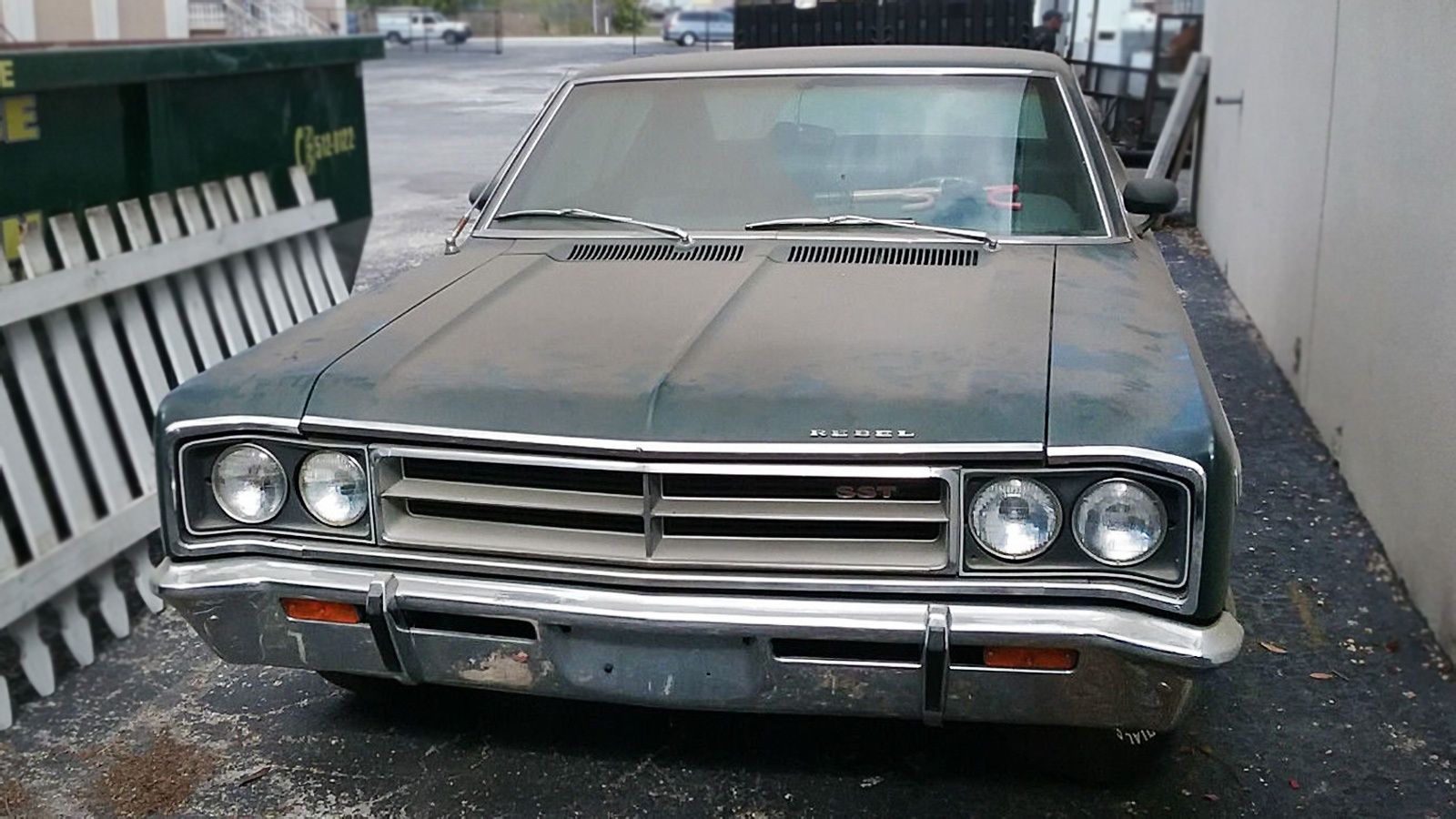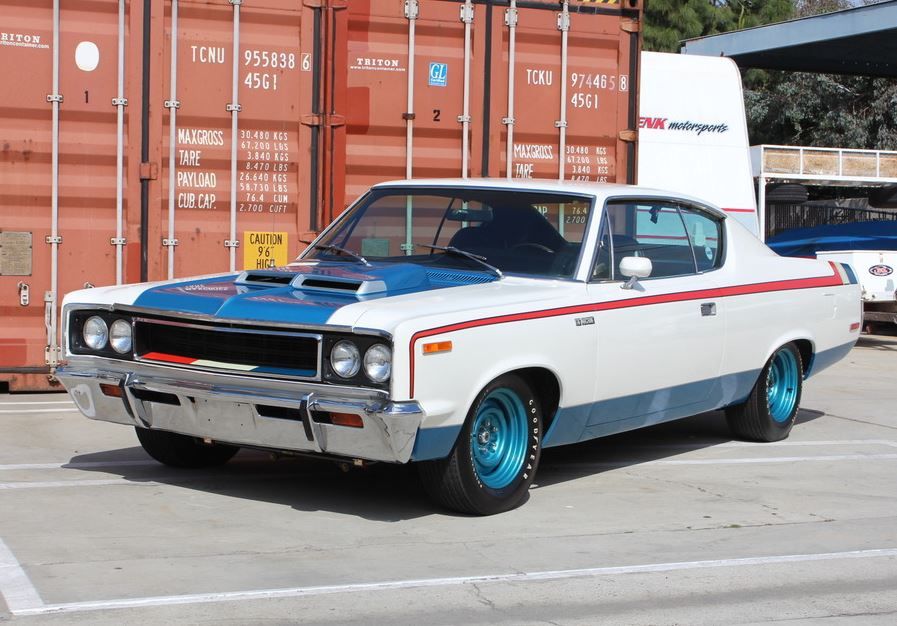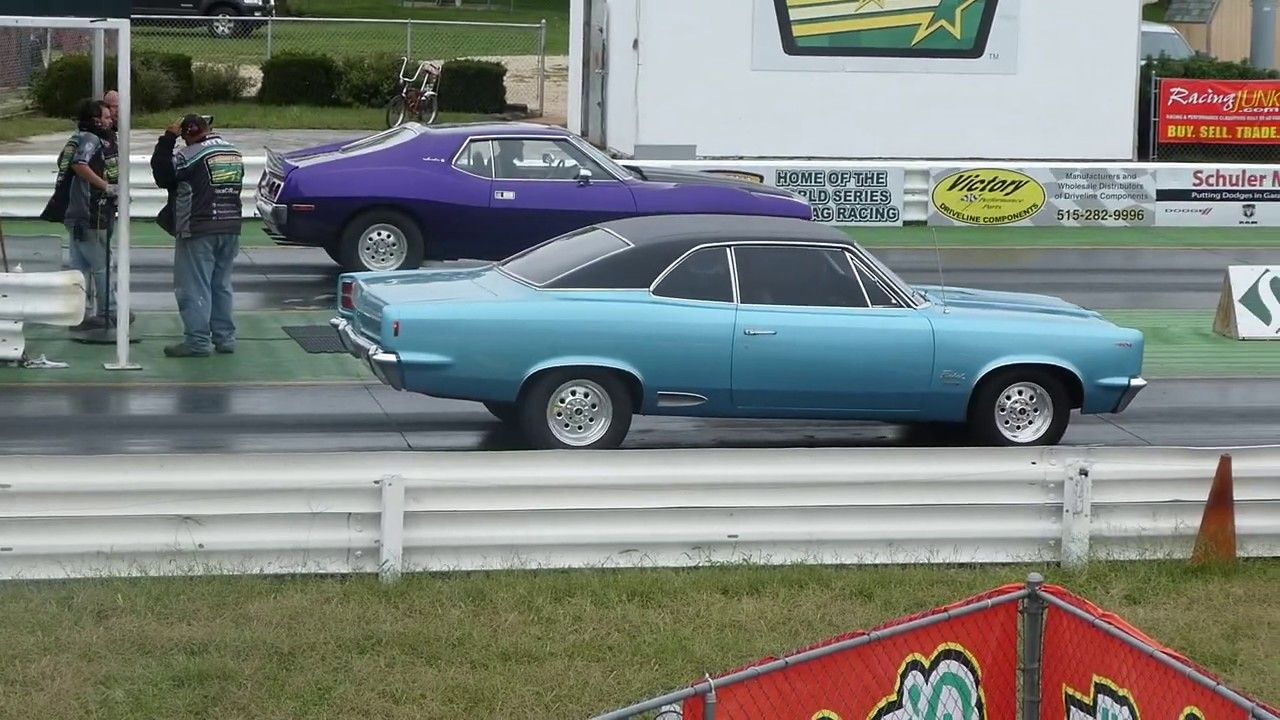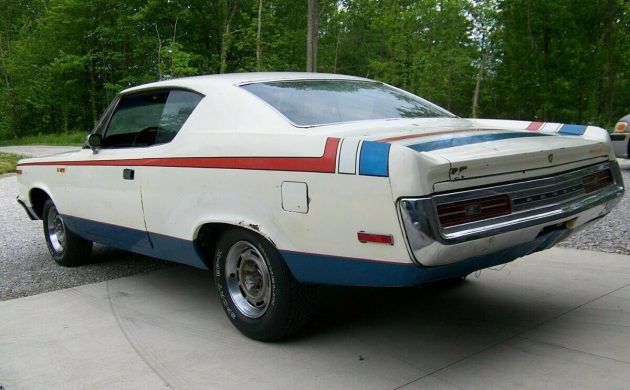Jointly developed by AMC and Hurst Performance Research, the AMC Rebel Machine was the underrated and unsung champion of American muscle cars in 1970. Nicknamed "The Machine'', it was powered by a 6.4-liter V8 engine producing enough juice to give the "Big Three" (GM, Ford, and Chrysler) a run for their money.
Debuting in October 1969 at the NHRA World Finals in Dallas, Texas, it was received with great enthusiasm. Unfortunately, it arrived too late in the game to create a serious impact on the market, which Detroit's Big Three still dominated. Though it had the grits to punch above its weight, it couldn't realize its full potential as only 2326 units were built in a one-year production run. As the world is gradually becoming aware of this iconic classic car, here's what everyone forgot about the AMC Rebel Machine.
8 The Most Powerful AMC Engine
The single feature that set the Rebel Machine apart from every other AMC vehicle was the engine that lay under the scooped bonnet. Displacing 6.4 liters, the AMC V8 pumped 340 hp at 5100 rpm and 430 lb-ft of twist at 3600 rpm.
Sharing the forged connecting rods, camshaft, and crankshaft with the unit driving the two-seater AMX, the vehicle featured improved cylinder heads, intake, and exhaust setups to achieve a higher output. To unlock the engine's full potential, it was fed high octane gasoline by a four-barrel carburetor while a four-speed manual gearbox sent power to the wheels.
7 Beefed Up Suspension
Apart from being powered by the most powerful AMC engine available, the Rebel Machine also got a good suspension system. The double-wishbone suspension had A-arms of unequal lengths, a 0.94-inch stabilizer bar in front, and a 0.95 stabilizer bar at the rear.
To make the suspension system stronger, heavy-duty rear coil springs with higher load ratings were borrowed from a Rebel station wagon. The superior suspension allows the Rebel Machine exceptional grip on the road and ensures ride comfort for the occupants.
6 One Year Production Run
Debuting in October 1969 for the 1970 model year, the AMC Rebel Machine was produced for only one year before the nameplate was retired. Despite the claim that The Machine could go toe to toe with models from the big three, arriving late on the scene did not help its cause.
AMC's earlier attempt to push the Rebel Machine more aggressively into the youth market met with failure, thanks to labor problems and management disputes. Though retired, the Machine tried to exist as a trim level in the AMC Matador, albeit unsuccessfully.
5 A Means To An End
For AMC, the Rebel Machine with its flamboyant colors was not a moneymaker - it was merely a bait to lure new customers to the showrooms. Knowing that high-performance cars would hurt its warranty program, AMC did not plan to sell a lot of Rebel Machines.
Being a means to an end, not much marketing dollars were spent on it, and only 2,326 units were built. The strategy was that every AMC dealership should have a Rebel Machine in the showroom to draw in customers who would then be sold the more profitable regular Rebels.
4 More Expensive Than Its Rivals
With a price of $3,475 back then ($24,009 in 2021 dollars), the Rebel Machine wasn't one of the cheap cars from the ‘70s. Several factory upgrades available on The Machine included automatic transmission for $188, cruise control for $60, and an adjustable steering wheel for $45.
Air conditioning could be had for $380, while a $500 service kit was available to increase power and performance. Compared to the base Pontiac GTO which was more powerful and could be had for about $200 less, the Rebel Machine was pricey.
3 It Was Built To Challenge The Big Boys
In all ramifications, the AMC Rebel Machine was a small name that tried hard to find its footing in the midst of tough competitors. Try as hard as it could; it just couldn't outsell muscle cars from Ford, GM, and Chrysler, who were the industry leaders.
Lacking the fat budget of the "big three," AMC created The Machine out of the meager resources at its disposal. Even before its release, AMC acknowledged the Machine's shortcomings when it stated that it was not as fast as a 7-liter Chevrolet Corvette or a Chrysler Hemi.
2 It Was Based On The AMC Rebel
The Rebel Machine was based on the AMC Rebel, which started life as the Rambler Rebel in 1967 and came in various body styles. Although AMC had considered using either the Marlin's or the Hornet's body style for a new performance vehicle, the Rebel's body was chosen.
Considering the fact that the AMC Rebel was already a bestseller, this couldn't have been too surprising. Just like the 1969 Rebel (the SC/Rambler) designed for the drag strip, the 1970 Rebel Machine was developed in collaboration with Hurst Performance.
1 Impressive Performance
Although being an underdog, it lacked the raw power of the industry's heavyweights; the Rebel Machine had an impressive power to weight ratio. Tipping the scales at 3650 pounds, the 340 hp engine could send it to 60 mph in 6.4 seconds.
With the optional service kit, the Machine had a top speed of 127 mph and could clear the quarter-mile in 14.4 seconds or 12.72 seconds. These figures are just as remarkable today as they were way back in the golden muscle car era that ended in the ‘70s.

